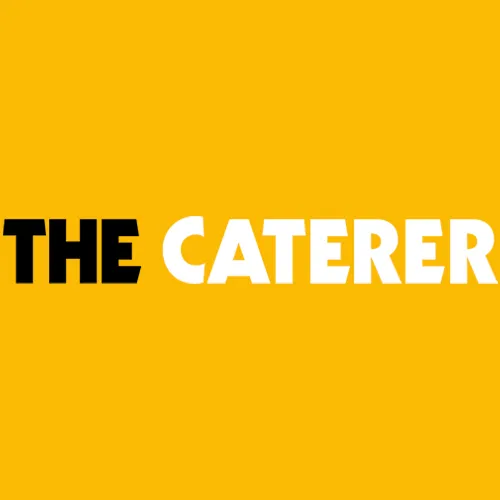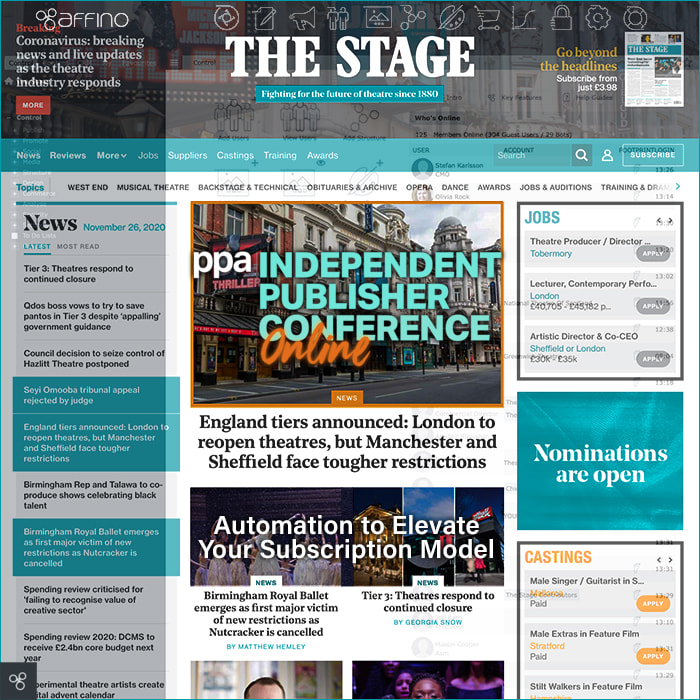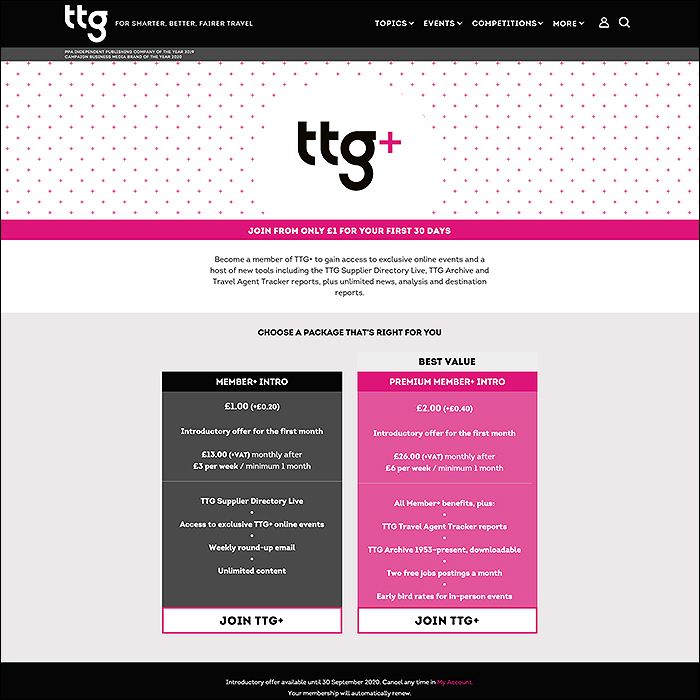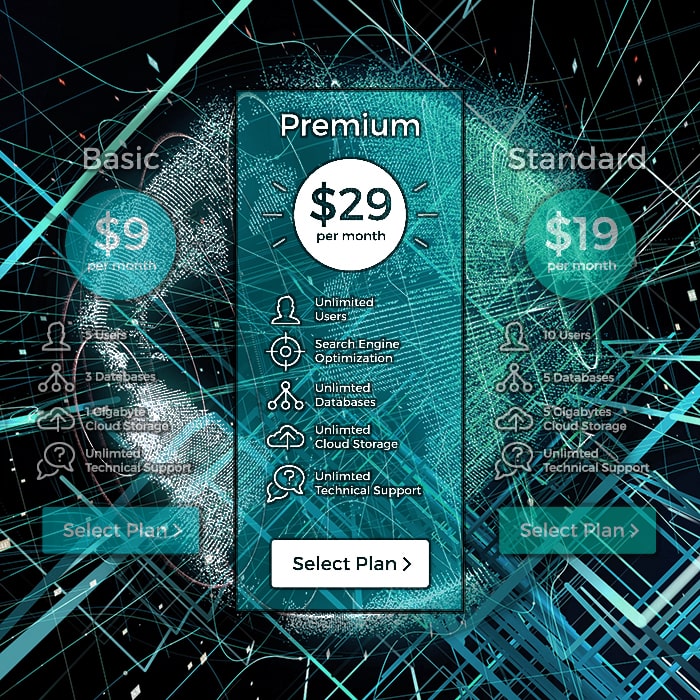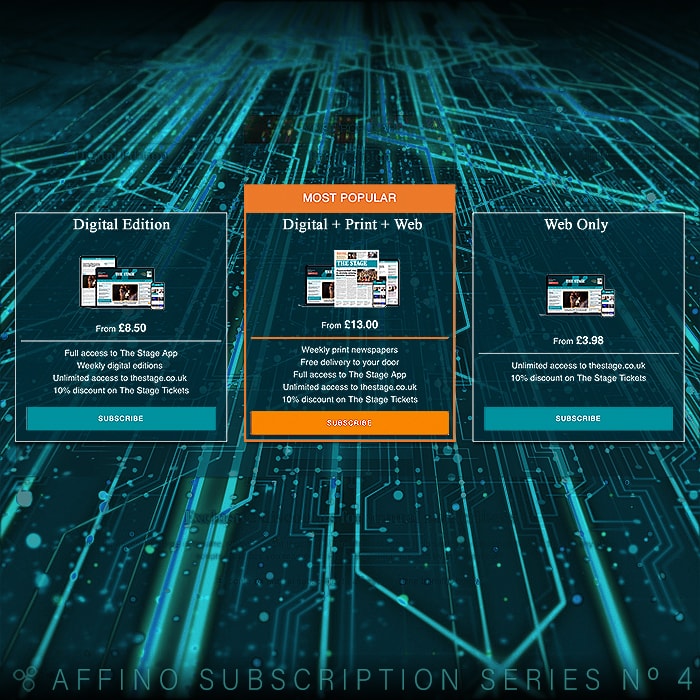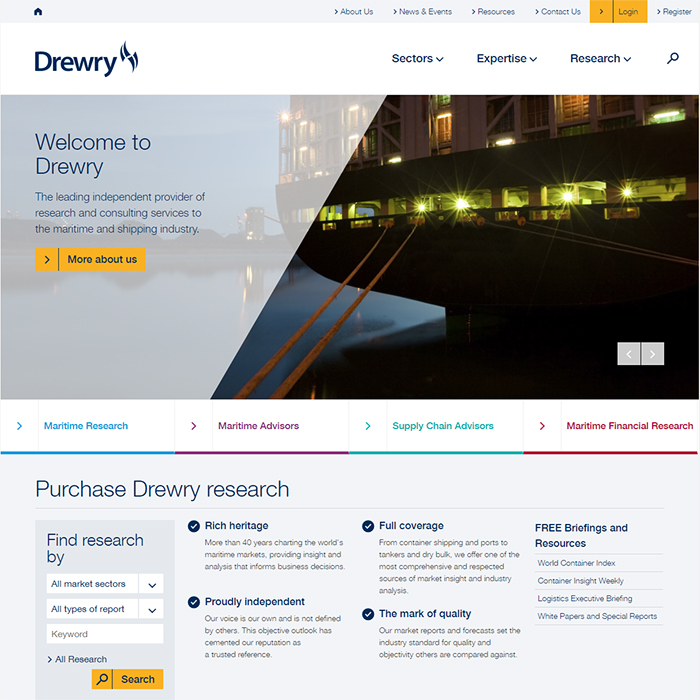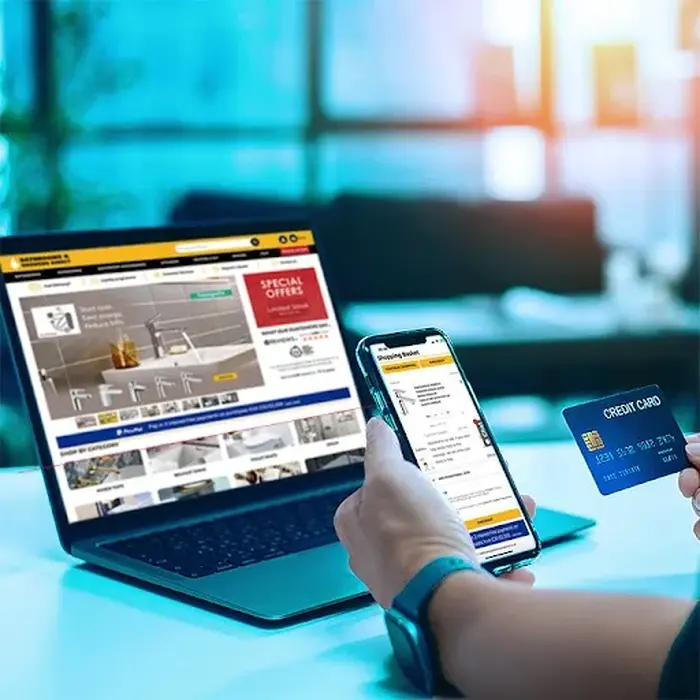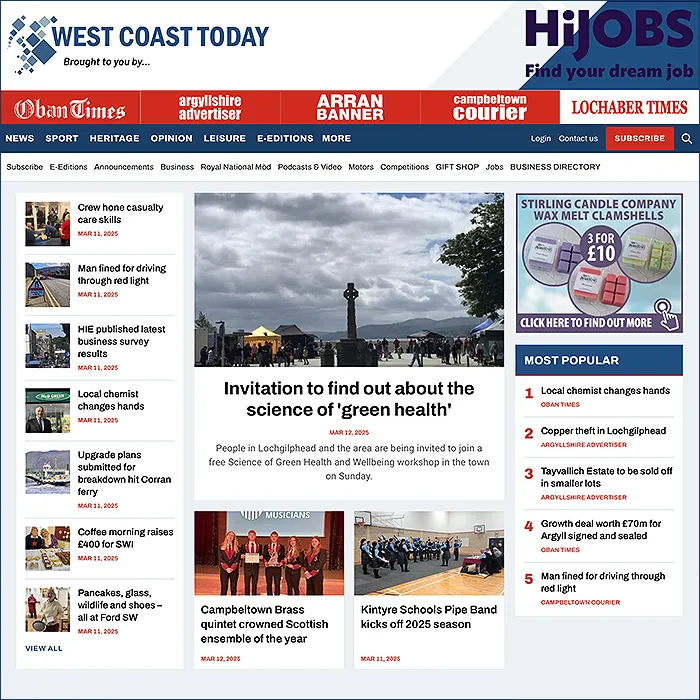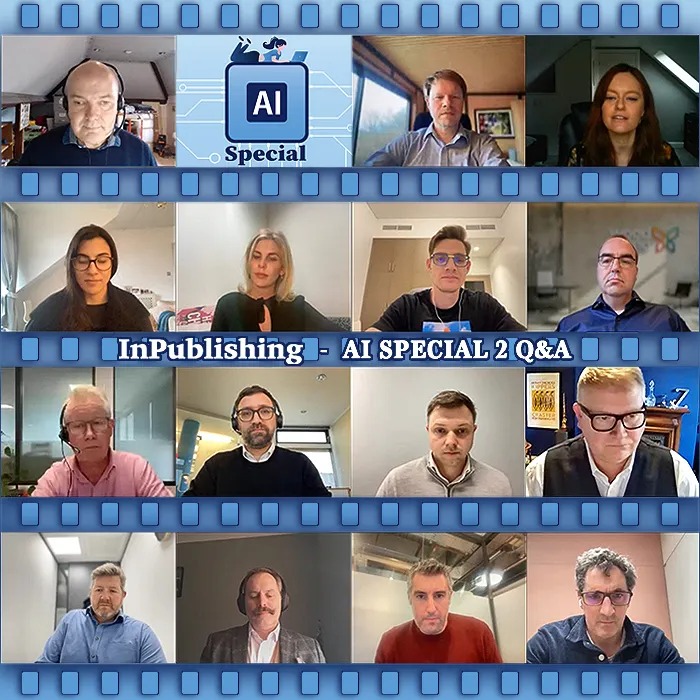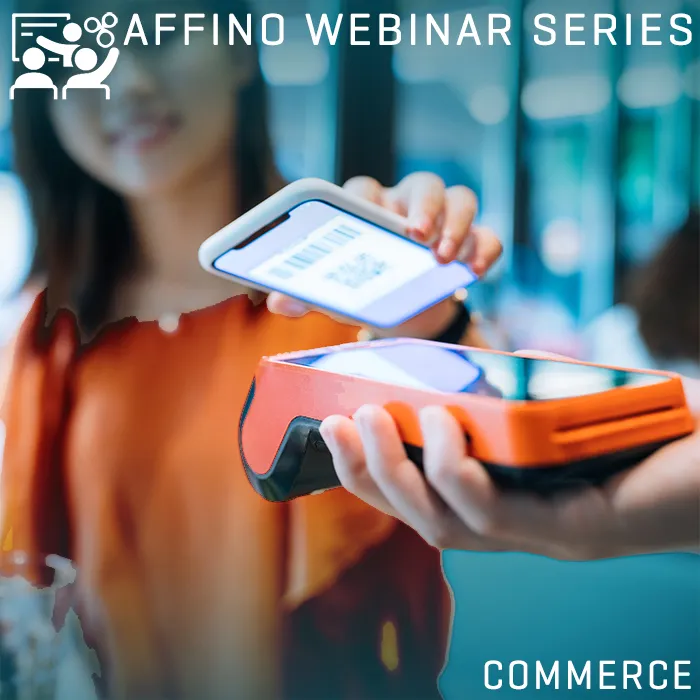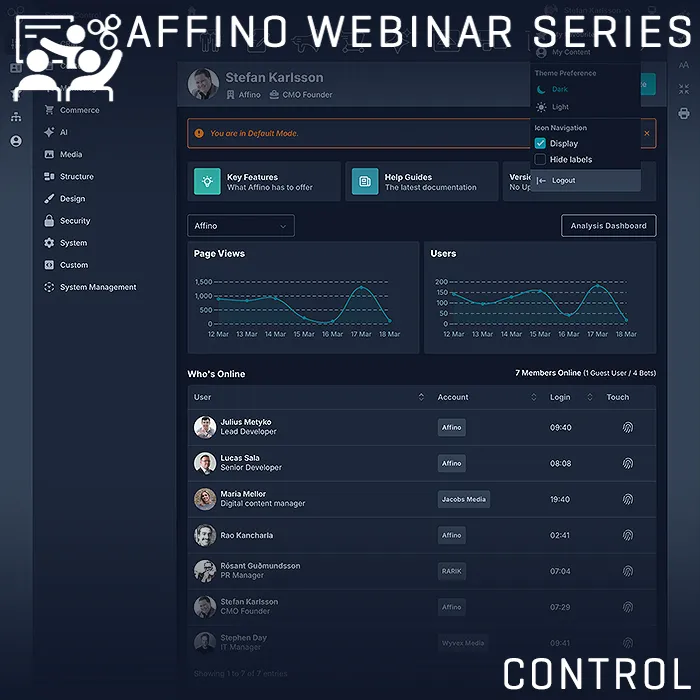Migrating from Free to Paid Subscriptions and Memberships
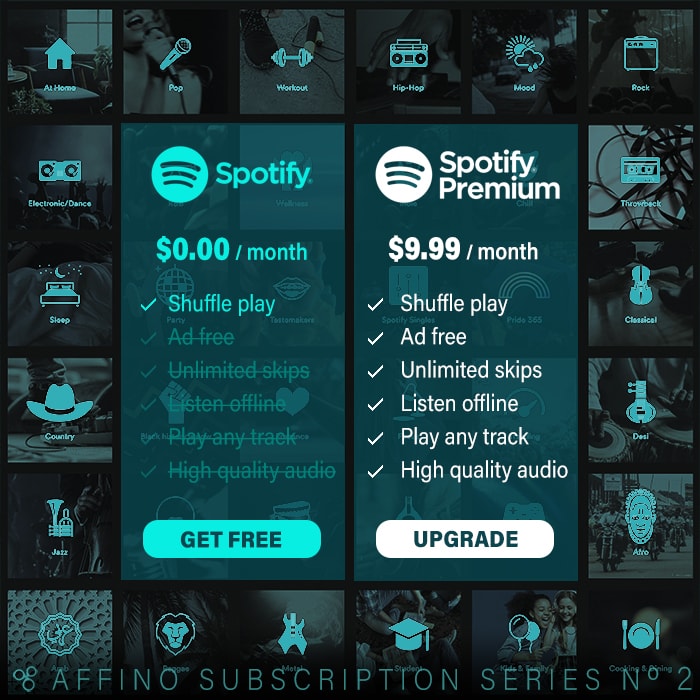
When you have your planned paid subscription and membership services in place, and are looking to switch over to them, it is crucial that you target the right members of your audience, onboard them effectively and react intelligently to their feedback.
When you are at that point, you will likely want to make sure you’ve got the right prospects to market and sell to, that you’ve got the best sales approach prepared, and that you are effectively leveraging your existing free membership and subscribers.
Identify your Prospects
Once you have the data using your sales and marketing automation tools, you should be automatically compiling a list of engaged target individuals, and be able to understand what cohort they fit into.
If you have account-based analytics in place, you can further understand the level of engagement of each company through their various employees, and that will create a foundation of potential companies and individuals to sell to. Key to your success here is maximising the amount of zero and first party data you have, which gives you a holistic view of your audience’s interests and engagement.
You will then want to enhance this data by bringing in any additional data points and insight from the sales, marketing, events and customer service teams. This could be from mailing lists, event attendee lists and interest forms, little black books, your directory products, or indeed any current, relevant and complimentary data that your company has and is of potential value.
This is a tried and tested approach and has been shown to give the highest level of success with the initial set of leads, and in shaping the value proposition around them.
We strongly advocate against buying in third party data for your prospect lists these days, not only for privacy reasons, but also because the data sets simply will not provide the depth or level of intel which you will need to best craft your subscription offering.
Figure out the best way to sell the subscriptions
Don’t start with too many options when pulling together your subscription or membership offerings, for up to the first twelve months it is going to be a discovery process both for yourselves and for your clients.
The more tiers you have, the harder it is for the customers to understand them, for the sales team to sell them, and the whole organization to deliver them.
We have consistently found that organizations which start with fewer offerings overtake those with many within a short space of time.
Once you have the offering(s) ready to go, you will need to identify the best ways to sell the service. This part, above all, requires a readiness to experiment and adapt.
For some organizations they have found success simply by being able to leverage their print and mailing distribution lists and convert them to a smaller but more profitable subscription and membership audience. You have to be prepared for the initial audience attrition which frequently comes, but with the right proposition and pricing this can be transformative for the medium to long term growth.
For some businesses it might be necessary to try many variations of setting different levels of access before users are comfortable with paying for a service they largely received for free before. Some of the key approaches include selling online, selling direct, or indeed through intermediaries.
In some cases, entirely closing your content and community to the public, and tele selling directly to the relevant team members within corporations is still the most successful way to go, especially for selling high end B2B services. Be aware though that doing so will kill your SEO and your broader ability to influence and sell advertising.
Leveraging the print and digital mailing lists
These days many organizations start life with a mailing list and blog. The mailing list then becomes the key leverage to drive subscriptions and memberships.
The starting point is to offer a premium mailer which includes more content, opportunities to engage with the brand, and each other.
After a time, the original free mailing list(s) are then simply terminated or restricted, and only paying subscribers receive the full regular mailer(s) whilst previous free subscribers receive occasional updates with additional links and teasers through to the full member spaces and offerings.
In practice timely and relevant news is frequently the main catalyst for users to move to a subscription or membership services, so don’t shy away from using this as a key driver.
The same goes when migrating from free and closed circulation print subscriptions. Make sure you have these firmly replicated online, and then use all the steps above to identify any gaps in your intel around the cohorts, interest and engagement. When the time is right, look to migrate the most engaged readers to the premium offerings, and over time (this could be a very short timeframe) limit access to key elements to those elements.
Promote the benefits of membership wherever you are selling
One of the most effective ways to up-sell to your subscriptions and memberships is to promote them wherever you are selling one-off services, e,g. event tickets, individual research reports and directory editions, and access to distinct data sets, analysis and tools.
Append footers (article steps) to the end of openly available content and landing pages to promote the related premium offerings.
Balancing free and paid services to maximize engagement is the single most important element you need to get right in the early days of paid for memberships.
An engaged audience can be converted to a paid one, and one which will upgrade to higher tiers. Sometimes that means leaving part of your service available to the wider world, as so many organizations are doing during this current Covid-19 crisis.
Register to continue reading UNLIMITED articles
Complete a quick registration for unlimited access to Affino.com's latest industry news, insights, trends, and business advice, and to sign up to newsletters.
Did you find this content useful?
Thank you for your input
Thank you for your feedback
Featured Blogs
Upcoming and Former Events
Webinar - Introducing Affino's Fourth Generation AI Services
Webinar - Enhanced Affino Commerce & Subscription Capabilities
Webinar - All About the New Affino Control Centre
Affino Innovation Briefing 2024
Affino Contacts

Markus Karlsson

Quang Luong

Stefan Karlsson
Meetings:
Google Meet and Zoom
Venue:
Soho House, Soho Works +
Registered Office:
55 Bathurst Mews
London, UK
W2 2SB
© Affino 2025

